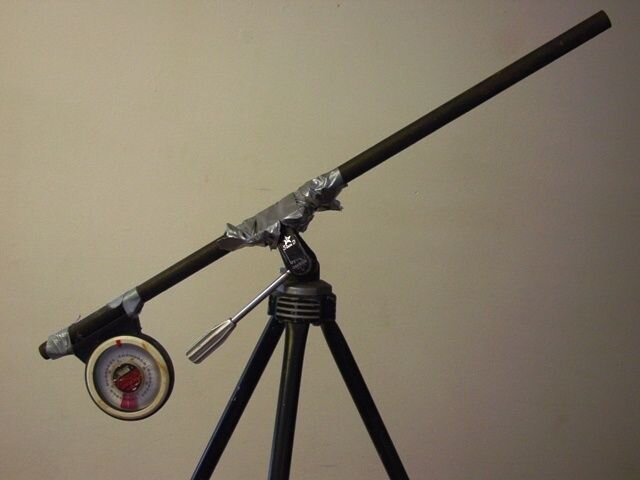I'm getting ready to set the 3" pipe post for my 10' BUD. I started surveying my 1 acre lot for a location that would the best, clear view of the east and southern sky.
I'm located in the Pacific NW at about Lat. 47 and ~ Longitude 123. I did a site search for this location and know which satellites can be seen (assuming no trees or structures block the sky).
I started plotting the most promising location and noting the one major tree. It being due east of this spot. It's about 70' tall. I started trying to plot the various satellites available for this size dish.
Maybe I don't understand the satellite ID or number/name system. I had assumed the number was the true bearing but now realize this must be the Longitude. Is this correct??
If so, what kinda spherical trig am I going to have to use to get a true bearing from my location to the Longitude of the Sat.????
The dish setup procedure that I have read assumes I have the dish and motor already mounted on the post. I need to map several post locations to see which can best "see around" the problem tree(s) (mine and the nearby neighbors).
There must be a calulator to do this, from a site survey stand point.
Thanks,
Steve
I'm located in the Pacific NW at about Lat. 47 and ~ Longitude 123. I did a site search for this location and know which satellites can be seen (assuming no trees or structures block the sky).
I started plotting the most promising location and noting the one major tree. It being due east of this spot. It's about 70' tall. I started trying to plot the various satellites available for this size dish.
Maybe I don't understand the satellite ID or number/name system. I had assumed the number was the true bearing but now realize this must be the Longitude. Is this correct??
If so, what kinda spherical trig am I going to have to use to get a true bearing from my location to the Longitude of the Sat.????
The dish setup procedure that I have read assumes I have the dish and motor already mounted on the post. I need to map several post locations to see which can best "see around" the problem tree(s) (mine and the nearby neighbors).
There must be a calulator to do this, from a site survey stand point.
Thanks,
Steve





